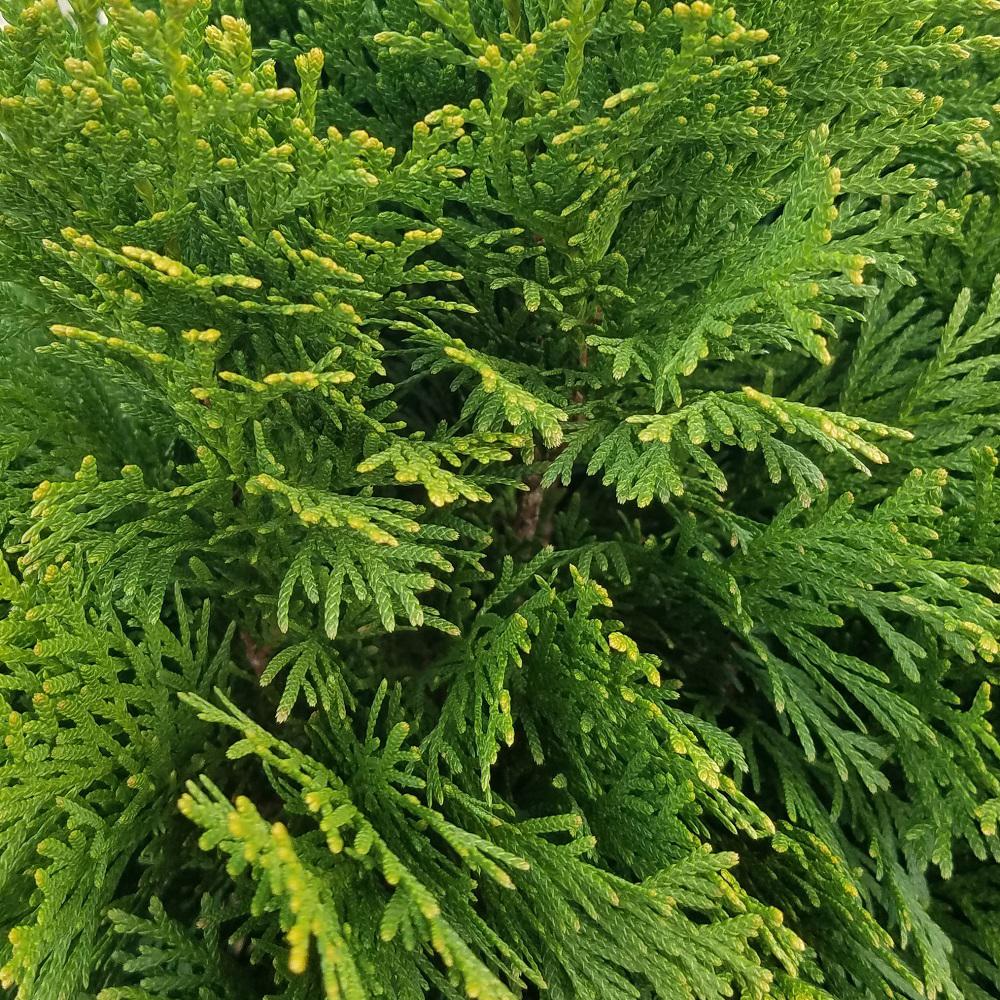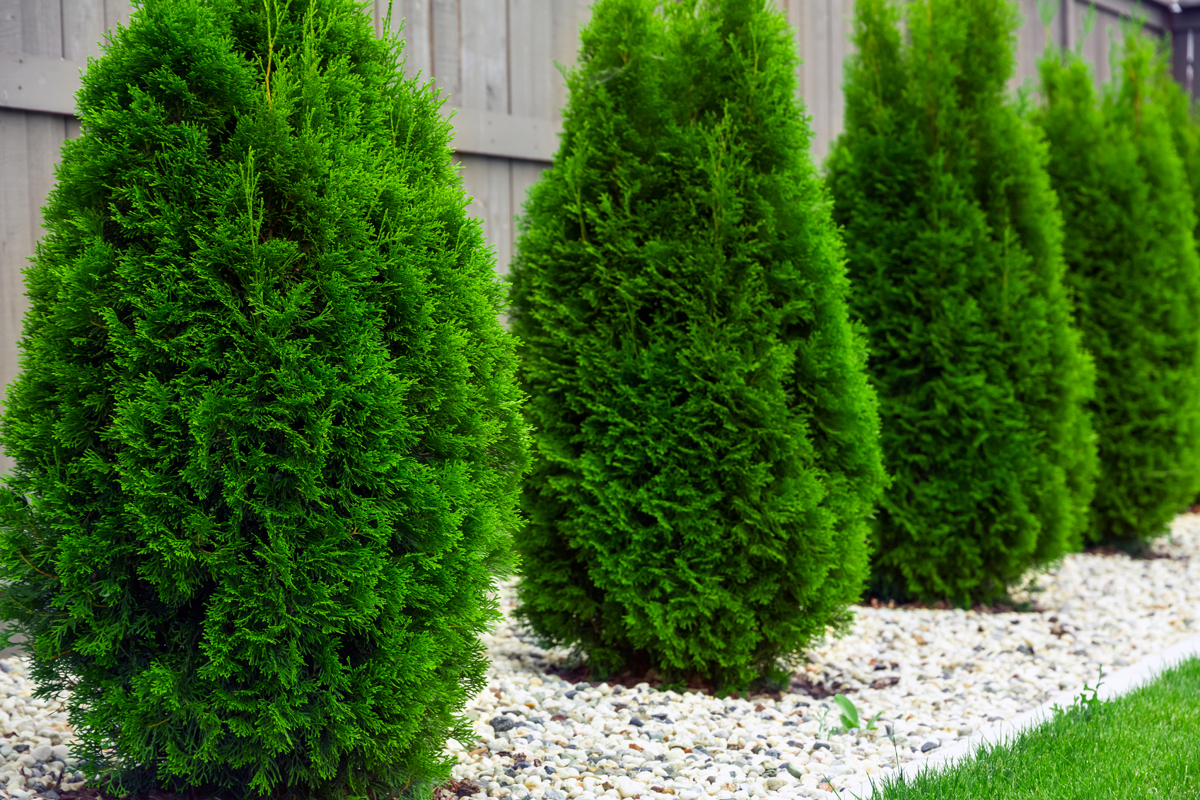Emeralds and Evergreens
Green is the colour on the agenda this week and, with the last frosts of spring soon to be behind us, we can expect a lot more of it in the coming months. The primary connotation of green is, of course, its prolific occurrence in nature and this is the primary reason green is such a popular colour for interior design, as it evokes the presence of health and life.
0 false 18 pt 18 pt 0 0 false false false /* Style Definitions */table.MsoNormalTable mso-style-name:"Table Normal"; mso-tstyle-rowband-size:0; mso-tstyle-colband-size:0; mso-style-noshow:yes; mso-style-parent:""; mso-padding-alt:0in 5.4pt 0in 5.4pt; mso-para-margin-top:0in; mso-para-margin-right:0in; mso-para-margin-bottom:auto; mso-para-margin-left:0in; line-height:11.0pt; mso-line-height-rule:exactly; mso-pagination:widow-orphan; font-size:11.0pt; font-family:"Times New Roman"; mso-ascii-font-family:Calibri; mso-ascii-theme-font:minor-latin; mso-hansi-font-family:Calibri; mso-hansi-theme-font:minor-latin; mso-ansi-language:EN-GB;Its components blue and yellow, which denote cooland warmth respectively, thus green, itself strikes a balance between the two.Because of these connotations, greens primary effects on your feelings tend tobe of a calming nature, offering a sense of renewal and harmony whilstalleviating anxiety. Plant some of the species suggestedbelow and see if they can offer you the same therapy.
Floral and Hardys FavouriteFive Georgeous Green Flowers:
1.Alchemilla mollis
Also known by its colloquial name Ladys Mantle,the Alchemilla family are perennials that have soft green foliage with serratededges, and sprays of tiny lime green flowers in late summer and early autumn - idealtiming for that extra sprig of warmth that its yellow tinge will provide. Thisperennial prefers full sun though it will tolerate partial shade and cansurvive in practically any soil type provided that moisture is adequate.
Related
2. Euphorbia robbiae
Euphorbia robbiae is classified as a very versatileevergreen perennial that can survive nearly any environment and soil, even dryand shady spots, although that can make it slightly invasive! It will provideattractive dark green foliage in the winter months and long-lasting, lime greenflowers in the summer. However, it is important to note that all parts of thiscultivar are highly toxic when ingested.
3. Helleborous argutifolius
Argutifolius is an evergreen perennial that willgrow to a mature height of around 1metre and will bear toothed, lance shapedleaves on stout stems. The flowers will bloom in large open clusters of a palegreen hue. They will tolerate full shade and most soil types provided they arenot acidic, but the key to successful cultivation is providing this plant withshelter as they will not survive strong winds or cold.
4. Moluccella laevis
The Bells of Ireland are bushy upright, annuals,maturing to around 90cm. Their foliage consists of bluntly toothed, small andoval shaped leaves. The tiny white true flowers are held within an exteriorhousing of petals that themselves are pale green and remain so throughoutspring, summer and autumn. They will perform best in full sun with a moderatelyfertile soil, are indifferent to acidity and also to the material of the soil,whether clay, loam or sand.
5.Tulipa Spring green
Tulips are bulbous perennials with characteristic flowers that bloomin a wide range of colours, the Spring green however makes our list for itstitular tones and will grow to a mature height of 40cm with lance-shaped leavesand white petals, complemented by their green central swipe of colour. Plantthe Spring green about 15 centimetres deep in fertile, moist and well-drainedsoil. The acid content makes little difference to this cultivar, however, it isimportant to protect it from extreme conditions such as excessive wet and highwinds.
Whilst I hope this list is helpful onyour road to a greener garden, never forget that for every cultivar that makesinto print, there are a thousand others that didnt. Thus, consider this athread that only needs pulling in order to discover a world of variety in thecolour green.










0 Response to "Emeralds and Evergreens"
Post a Comment